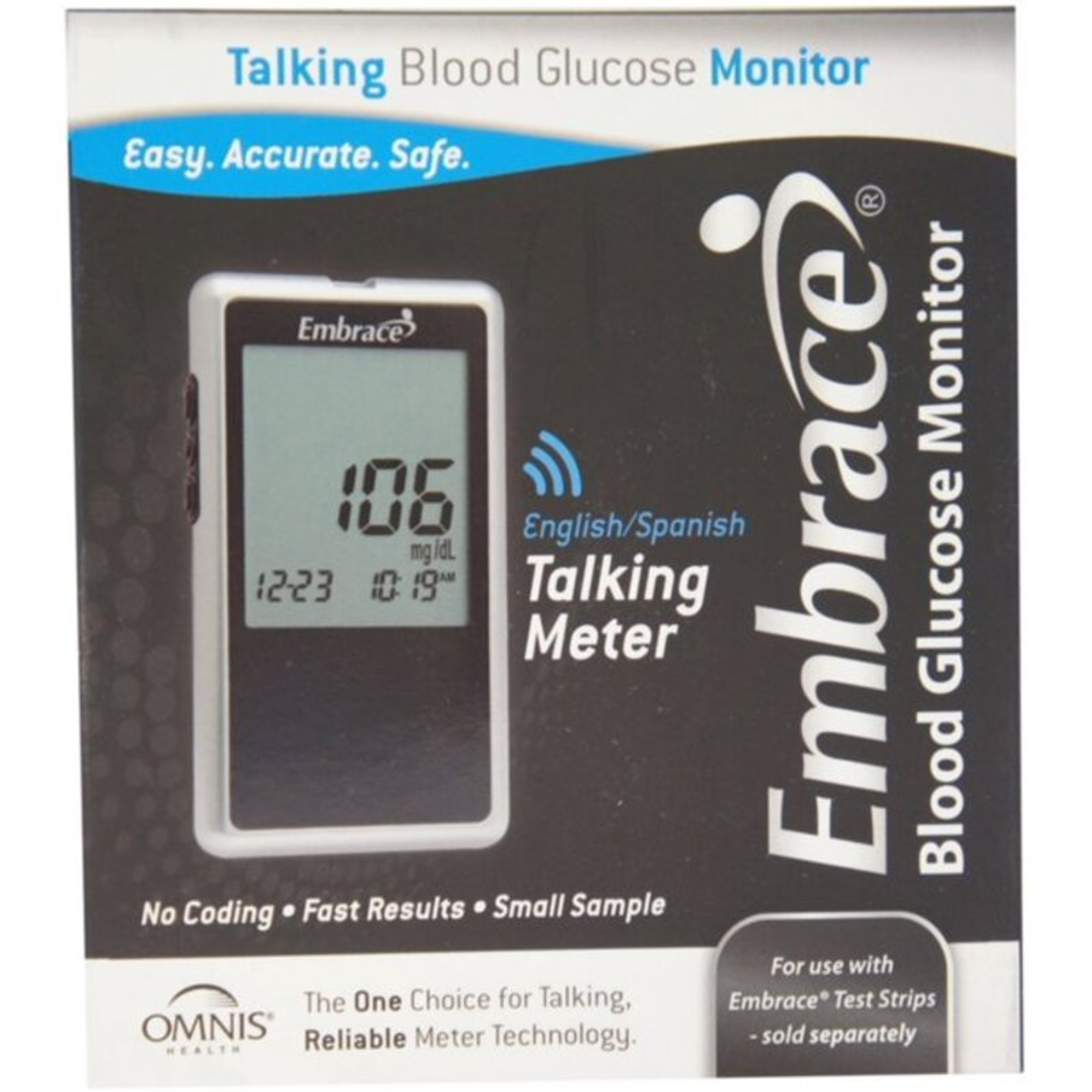Prediabetes, a condition that causes abnormally high blood sugar, is one of the most common endocrine disorders. It affects about one in three Americans and increases the risk of more serious health problems, like type 2 diabetes, heart disease, and stroke.
Learning that your blood sugar is too high can be scary, but it’s not the end of the world. There are various things you can do to keep your blood sugar in check and prevent complications.
What is Prediabetes?
“Prediabetes is a condition characterized by blood sugar levels higher than normal, but not high enough to be classified as type 2 diabetes,” explains Kelsy Costa, MS, RDN, a registered dietitian nutritionist and nutrition research specialist.
“It’s a warning sign that alerts you to the risk of developing type 2 diabetes and other cardiometabolic conditions. While a prediabetes diagnosis is certainly reason for concern, it doesn’t guarantee that you will 100% develop diabetes in the future.”
If you learn that you have high blood sugar, you can it as motivation to make healthy lifestyle changes. “These changes can bring your blood sugar levels back to normal and reduce or even eliminate the risk of it progressing to type 2 diabetes,” Costa says.
What You’ll Need
Keeping your blood sugar within the optimal range is easy. Healthy lifestyle changes and routine doctor’s checkups can prevent your blood sugar from spiking and reduce the risk of complications.
Some people with prediabetes use glucose monitors. A glucose monitor is a portable medical device that automatically estimates your blood sugar levels. It can alert you to blood sugar highs and lows and help you make better food choices.
Shop Glucose Monitors on Carewell
Hear it from a caregiver
“I love my Embrace talking blood glucose monitor. It’s fast and easy to use!”
- Brenda K.
What To Do If You’re Prediabetic - A Step-By-Step Guide
Step 1: Visit Your Doctor for Regular Checkups
Prediabetes is like diabetes in that it doesn’t always present noticeable symptoms. The condition develops slowly, so you might not know there’s a problem early on.
Visit your doctor at least once a year for a physical exam and lab testing, including blood tests and urinalysis. These tests monitor your blood sugar (among other things) and can alert you to potential problems when they best respond to treatment.
Step 2: Commit to Healthy Eating
One of the easiest ways to prevent your blood sugar from spiking is to eat nutritious foods.
“Shifting to a diet rich in whole grains, lean proteins, fruits, and vegetables is key,” Costa says. “These foods are high in fiber and can slow the absorption of sugar into your bloodstream, preventing spikes in blood glucose levels.”
The Green Mediterranean (Green Med) diet is particularly beneficial for people with prediabetes. It’s inspired by the food cultures of Italy, Spain, and Greece, and “emphasizes the consumption of plant foods, like fruits, vegetables, legumes, whole grains, and olive oil,” Costa explains. “It has been shown to reduce blood sugar levels and improve overall cardiometabolic health significantly.”
Step 3: Get Regular Exercise
It’s important to stay active if you have high blood sugar.
“Engaging in physical activity for at least 30 minutes a day, such as brisk walking, swimming, or cycling, can help lower your blood sugar levels and boost your body’s sensitivity to insulin,” Costa explains. “Resistance training can also increase muscle mass, which may help your body use insulin more efficiently.”
You can perform modified exercises if you or your loved one has mobility issues. “Chair exercises, such as arm and leg lifts, can be done from the safety of a chair,” Acosta says. “Swimming or water aerobics are also helpful because they’re low impact and don’t require as much physical effort as land-based activities.
Don’t rush into exercise if it’s been a while since you were last active. Doing so can increase your risk of injury and affect your progress.
Ask your healthcare provider or a certified personal trainer what they would recommend for your fitness level. Always warm up before exercise and cool down after to prevent accidents.
Step 4: Focus On Stress Reduction
When you’re stressed out or anxious, your body releases hormones to help you cope. Unfortunately, a rise in hormones can also cause your blood sugar to spike.
“Finding ways to reduce stress is essential,” says Costa. “Mindfulness activities like yoga, tai chi, and meditation can help foster a positive mindset and better control of emotional health.”
Step 5: Get Quality Sleep
Everyone has trouble sleeping occasionally, but a consistent lack of sleep can affect your body’s ability to regulate blood sugar. Consider that sleep deprivation is linked to increases in insulin resistance. Not only that, but irregular sleep and repeated awakenings during the night, make prediabetes worse.
“Poor sleep makes it harder to manage blood sugar levels,” Costa says. “Aim for at least seven hours of quality sleep per night.”
Practice good sleep hygiene if you have insomnia or another condition that keeps you up. Set a regular bedtime, avoid napping during the day, and don’t drink anything two hours before turning in for the night.
Step 6: Try to Maintain a Healthy Weight
Excess weight and obesity are linked to various health problems, including type 2 diabetes, heart disease, and stroke. In some cases, it also increases the risk of high blood sugar.
Weight loss can be challenging, but with the right approach and a support system in place, it’s possible. “If you’re overweight, try losing 5%-10% of your body weight,” says Costa. “This can dramatically lower your risk of developing type 2 diabetes.”
For example, if you weigh 200 pounds, losing just 10 pounds (5%) can help lower your blood sugar and prevent other complications.
Step 7: Limit Alcohol and Quit Smoking
Bad habits like smoking and drinking alcohol might seem like they provide an outlet for stress, but in reality, they make things worse.
“Excessive alcohol consumption can increase blood pressure and triglyceride levels, while smoking can contribute to insulin resistance,” Costa explains.
Not everyone is able to quit “cold turkey.” Don’t be afraid to ask for help if you’re struggling to make progress. Your doctor can prescribe medication to make weaning off tobacco and alcohol easier. There are also free resources, including SAMHSA’s National Helpline - 1-800-662-HELP and smokefree.gov.
What To Do If You’re Prediabetic - Commonly Asked Questions
1) How often should someone with prediabetes check their blood sugar?
“People with prediabetes are typically advised by their healthcare providers to undergo blood sugar testing at least once a year,” Costa says. “If your doctor is concerned with an upward trend in your glucose levels, they may recommend more frequent tests, such as every three months.”
Frequent self-monitoring at home can empower you to better understand and manage your blood sugar levels. Costa recommends adopting a simple regimen that includes testing your fasting and post-meal blood sugar levels three times a week. This means checking your blood sugar 1-2 hours before eating and then again 1-2 hours after.
“This proactive approach lets you observe how different factors, like diet and physical activity, influence your blood sugar,” she explains.
2) Should I avoid certain foods and drinks if I have prediabetes?
Yes. If you have prediabetes, it’s best to avoid certain foods and drinks, including:
Refined carbohydrates (e.g., white bread, pasta, and rice)
Sugary drinks (e.g., fruit juice, soda, sweetened teas and coffees)
Red and processed meats
Full-fat dairy products
Alcohol
“It’s best to stick to low glycemic index (GI) foods, which are more slowly digested and thus help stabilize your blood sugar levels,” says Costa. “Examples of low GI foods include whole grains, legumes, certain fruits (particularly berries), non-starchy vegetables, and nuts and seeds.”
3) How can I manage prediabetes effectively?
One of the best ways to manage prediabetes is to stay educated and informed.
“Learning which foods have a lower glycemic index can help you make better food choices and maintain balanced blood sugar levels,” Costa says. “Additionally, connecting with other individuals who struggle with prediabetes provides an invaluable support system and allows people to share tips, advice, and encouragement.”
Have Questions About Prediabetes? We’re Here to Help!
At Carewell, we regularly assist family caregivers and their loved ones with product recommendations, diet questions, chronic disease management, and more.
Whether you’re trying to choose a glucose monitor or have questions about which foods to stock your pantry with, we can assist! To speak with one of our friendly Care Specialists, call (800) 696-CARE or send an email to support@carewell.com.






